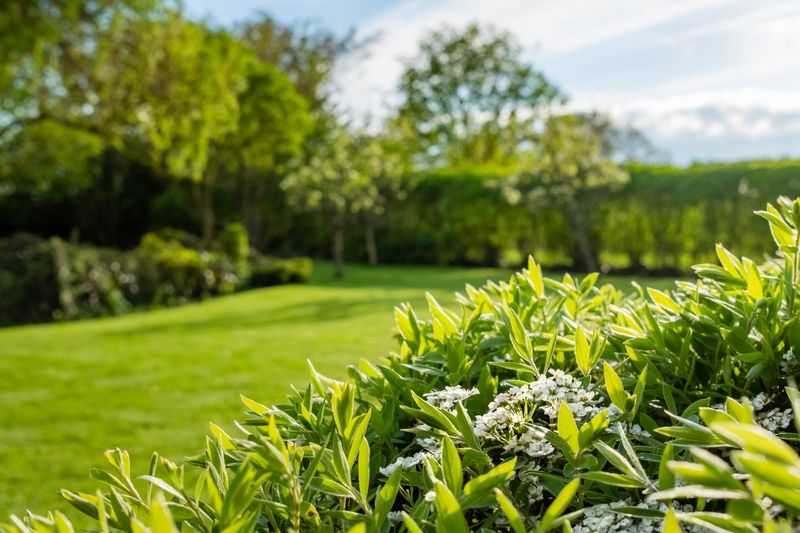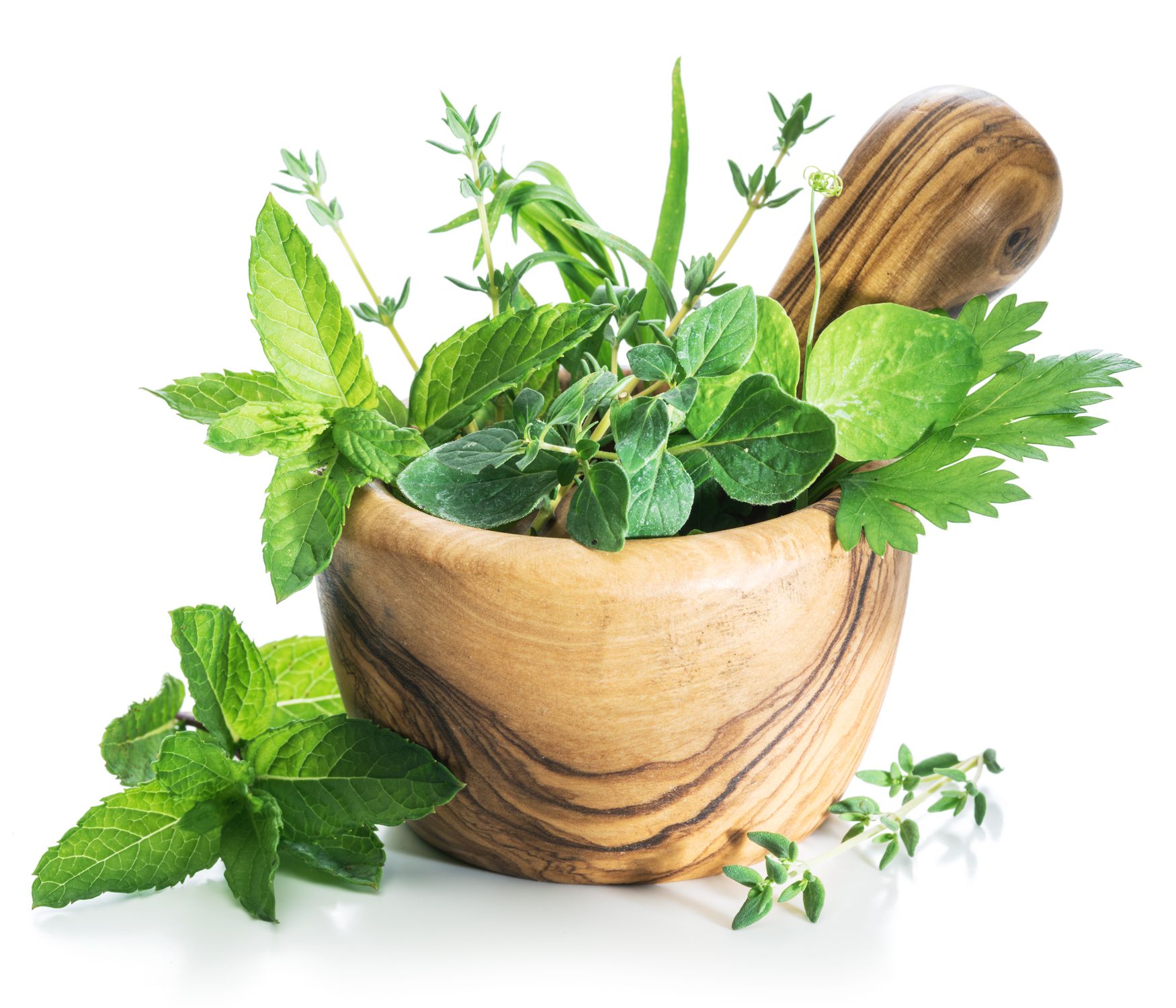Build Beauty Into Your Boundaries
Natural Windbreaks That Work for You


If you’ve ever stood at the edge of your property and watched the wind whip across your fields, you know that wind can take a toll on your land, animals and crops. The solution isn’t new, but it’s making a comeback: hedgerows — dense lines of shrubs, trees and plants that serve as living windbreaks, wildlife corridors and privacy screens all in one.
A well-planned hedgerow can help reduce soil erosion, protect water resources, create habitat for wildlife and even boost your farm’s productivity. And as a bonus?
It adds natural beauty, privacy and seasonal color
to your acreage.
For homesteaders who value working with the land instead of against it, hedgerows are a quiet powerhouse — and one of the smartest long-term investments you can make.
More Than a Fence: The Power of Hedgerows
Wind Protection Where It Counts
Windbreaks are one of the oldest uses of hedgerows, and for good reason. Studies show that a dense row of shrubs and trees can reduce wind speeds by up to 75% and provide protection up to 10 to 30 times the height of the hedgerow on the leeward side. That means a 20-foot-tall hedgerow could create a wind buffer up to 600 feet downwind.
For acreage owners, that can make a major difference in protecting gardens, reducing stress on livestock and even cutting down on winter heating costs around the homestead.
A Natural Way to Save Water and Soil
When a hedgerow slows the wind, water stays in the soil longer and valuable topsoil stays where it belongs. That’s one of the hidden benefits of hedgerows: soil conservation and water retention. Their roots anchor topsoil and improve the ground’s ability to soak up rainfall rather than letting it wash away. Hedgerows help reduce runoff, increase infiltration and improve moisture-holding capacity, which is especially valuable in drought-prone areas.
Wildlife Corridors That Buzz, Sing and Rustle
While hedgerows work hard for landowners, they also provide a sanctuary for pollinators, birds and beneficial insects. Native bees nest in the stems of last year’s growth. Birds use the dense cover for nesting and travel. Predatory insects shelter in leaf litter, helping reduce pest pressure in your garden naturally.

In fact, research shows hedgerows support more than 1,500 species of wildlife in some regions, especially when composed of native plants. They form essential “wildlife corridors” that help animals move safely across fragmented landscapes.
Year-Round Beauty and a Sense of Place
There’s also something deeply satisfying about a hedgerow from an aesthetic point of view. Unlike a plain fence, hedgerows can evolve with the seasons — flowering in spring, lush and green in summer, brilliant in fall and providing structure and color through winter. They also create privacy without sacrificing charm.
If you’re looking to define your property lines, buffer a barnyard or simply create a more secluded garden area, hedgerows offer a practical and beautiful solution.
There’s something deeply satisfying about a hedgerow from an aesthetic point of view.
How to Plan the Perfect Hedgerow
Start With Your Purpose
Every hedgerow should begin with a goal. Are you trying to stop the wind? Encourage pollinators? Block a road view? Once you know your purpose, you can plan accordingly.
For windbreaks, plant perpendicular to the prevailing winds — usually from the north and west. For wildlife, position along fence lines or between habitat zones. For privacy, consider sightlines from roads or neighbors.
Layer Like Nature Does
The most resilient and beneficial hedgerows mimic the structure of a natural forest edge:
- Tall trees (like native pine, hackberry or black locust) form the canopy and deflect wind.
- Mid-level shrubs (such as serviceberry, elderberry or ninebark) provide food and nesting cover.
- Ground-level plants (like yarrow, lavender
or native grasses) support pollinators and suppress weeds.
Layering plants increases biodiversity and ensures year-round function, so that even if one species struggles, others fill in the gaps.
Choose Native Plants for Your Region
Native species are more likely to thrive with minimal input. They’re also better for wildlife — many insects and birds rely on native plants for food and shelter. Extension offices and native plant nurseries can help you select species suited to your zone, soil and goals.
Some excellent choices for multi-use hedgerows include:
- American hazelnut: Edible, fast-growing, great for birds.
- Serviceberry: Four-season interest and early-spring blooms.
- Chokeberry (Aronia): High in antioxidants and loved by birds.
- Red osier dogwood: Bright winter stems, soil stabilizer.
- Juniper or Eastern red cedar: Evergreen structure and nesting habitat.
Give It Time — and a Little Help Early On
Hedgerows aren’t instant solutions.They take three to five years to reach full effect, especially for windbreaks. But once established, they require far less maintenance than fences or mechanical barriers.

In the first year or two, protect young plants from deer and livestock, water during dry spells and mulch to suppress weeds. After that, occasional pruning or thinning is all that most hedgerows need.
The Long Game of Land Stewardship
Hedgerows aren’t just a functional feature. When you plant a hedgerow, you’re choosing to work with the land, to build beauty into your boundaries, and to offer your animals, crops and local wildlife a little more resilience.
It’s a living investment — one that will grow, evolve and quietly serve your acreage for decades to come.
Tags:Garden & Landscape

Acreage Life is part of the Catalyst Communications Network publication family.















